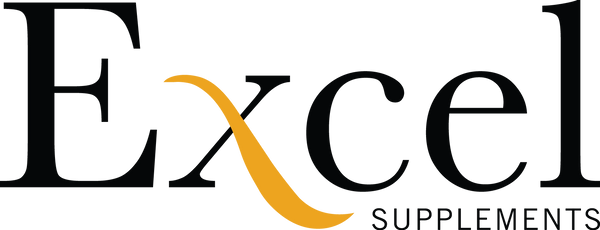Your Comprehensive Safety Checklist for Trailering Horses
Share
Trailering horses can be a demanding task that tests both the horses and their owners. Ensuring a safe and comfortable journey requires meticulous planning and preparation. Use this detailed safety checklist to guarantee you’re fully prepared before setting out on the road with your equine companion.
1. Trailer Maintenance and Inspection
Prioritize Trailer Condition
Before loading your horse, it’s essential to verify that your trailer is in optimal condition. Regular maintenance and thorough inspections are crucial for safety.

Check the Tires
Examine your trailer tires for any signs of wear and tear. Ensure they are properly inflated and don’t forget to inspect the spare tire as well.
Test Brakes and Lights
Verify that all brake lights, turn signals, and interior lights are functioning correctly. Confirm that the trailer brakes are operating efficiently.
Inspect the Flooring
Look over the trailer flooring for any weak spots, rust, or rot. Ensure that the mats are clean, secure, and provide a non-slip surface.
Assess the Hitch and Coupler
Ensure that the hitch is the correct size and securely attached. Check the coupler and safety chains for any damage or wear.
2. Equipping Your Trailer
Essential Equipment for Horse Safety
Equipping your trailer with the right accessories can greatly enhance your horse’s safety and comfort during transit.

Ensure Adequate Ventilation
Proper ventilation is vital to prevent overheating. Check that all windows and vents open smoothly and function correctly.
Secure Dividers and Partitions
Verify that all dividers and partitions are securely fastened and padded to minimize the risk of injury.
Confirm Tie Rings and Escape Doors
Ensure that all tie rings are secure and that escape doors are easily accessible for emergency situations.
3. Horse Preparation
Ready Your Horse for Travel
Preparing your horse is just as important as ensuring the trailer is in good condition. Proper preparation can help reduce stress and prevent injuries.
Train Your Horse
Familiarize your horse with loading and unloading procedures in a calm and controlled manner.
Perform a Health Check
Make sure your horse is in good health and up-to-date on vaccinations and deworming.
Use Protective Gear
Equip your horse with leg wraps or boots to protect its legs during transport. Consider a head bumper if the trailer’s ceiling is low.
4. Loading and Unloading
Safe Loading and Unloading Practices
Proper techniques for loading and unloading are crucial for safety.

Maintain a Calm Environment
Load and unload your horse in a quiet, safe area to minimize stress and confusion.
Use Proper Loading Technique
Guide the horse straight into the trailer and only tie them up after securing the back door.
Safe Unloading
Untie the horse before opening the back door. Ensure they back out of the trailer calmly and slowly.
5. On the Road
Driving Safely with a Horse Trailer
Driving with a horse trailer requires specific precautions to ensure a smooth journey.
Drive Smoothly
Accelerate and brake gradually to prevent jolting the horses. Make turns slowly and provide extra stopping distance.
Conduct Regular Checks
During long trips, stop every few hours to check on your horses, offer water, inspect wraps, and ensure everything remains secure.
Consider Weather Conditions
Avoid traveling in extreme weather. If travel in adverse conditions is unavoidable, ensure proper ventilation and temperature control within the trailer.
6. Emergency Preparedness
Be Ready for Any Situation
Preparedness can be crucial in emergencies to ensure safety and prevent injuries.

Equip a First Aid Kit
Have a well-stocked equine first aid kit and a human first aid kit readily available.
Maintain Emergency Contacts
Keep a list of emergency contacts, including your veterinarian’s phone number.
Plan for Breakdowns
Have a plan in place for vehicle breakdowns, including contact details for roadside assistance that can handle horse trailers.
7. Documentation
Essential Documents for Travel
Proper documentation can help avoid legal issues and delays.
Carry Health Certificates
Bring health certificates and Coggins test results, especially for interstate travel.
Ensure Adequate Insurance
Verify that your trailer insurance is up-to-date and understand what is covered in case of an accident.
Conclusion
Safe trailering of horses requires detailed attention, from ensuring trailer readiness to practicing safe driving techniques and being prepared for emergencies. By following this checklist, you can help ensure that your equine companions reach their destination safely and stress-free. Safe travels!
Sources:






